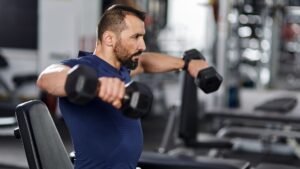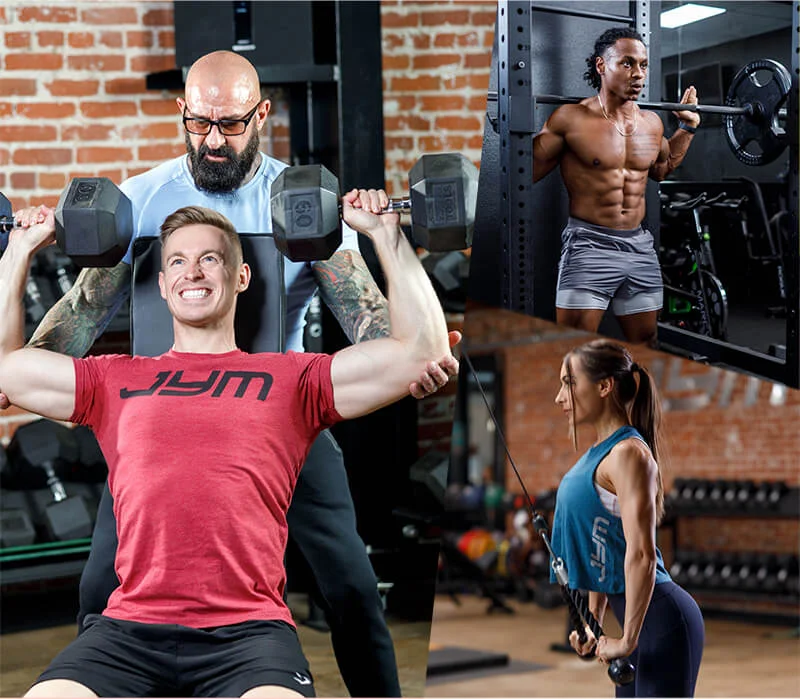The Good Mornings is a powerful compound exercise that targets the hamstrings, glutes, lower back, and core. It is an excellent movement for building posterior chain strength, improving hip mobility, and enhancing overall athletic performance. Whether you’re a beginner or an advanced lifter, incorporating good mornings into your routine can help prevent injuries, improve posture, and build functional strength.
Benefits of Good Mornings
- Strengthens the Posterior Chain – Engages hamstrings, glutes, and lower back for better athletic performance.
- Improves Hip Hinge Mechanics – Helps with deadlifts, squats, and other lower-body exercises.
- Enhances Core Stability – Activates deep core muscles to improve balance and coordination.
- Reduces Risk of Lower Back Injuries – Strengthens lumbar muscles and reinforces proper movement patterns.
- Boosts Explosive Power – Great for athletes needing strength in sprinting, jumping, and lifting.
How to Perform Good Mornings Correctly
Starting Position:
- Stand with feet hip-width apart and a barbell, dumbbell, or resistance band placed across your upper back.
- Keep your core tight and your chest up.
Hip Hinge Movement:
- Slowly push your hips back while keeping your back straight.
- Lower your torso until it’s almost parallel to the ground or until you feel a strong stretch in your hamstrings.
Return to Start:
- Engage your glutes and hamstrings to bring your torso back up to a standing position.
- Maintain a neutral spine throughout the movement.
Reps & Sets for Maximum Effect
- Strength & Power: 4 sets of 6–8 reps (moderate to heavy weight).
- Muscle Growth & Definition: 3 sets of 8–12 reps (moderate weight, controlled tempo).
- Mobility & Endurance: 3 sets of 12–15 reps (light weight, slow movement).
Good Morning Variations
- Seated Good Mornings – Targets the lower back and glutes while reducing knee strain.
- Banded Good Mornings – A great beginner-friendly option using resistance bands.
- Dumbbell Good Mornings – Increases range of motion and flexibility.
- Sumo Good Mornings – Uses a wider stance to activate more glutes and adductors.
Common Mistakes to Avoid
- Rounding the Back – Always keep a neutral spine to prevent lower back strain.
- Using Too Much Weight – Start light and focus on form before increasing resistance.
- Bending the Knees Too Much – The movement should come from the hips, not the knees.
- Not Engaging the Core – Tighten your abs to support the lower back and maintain stability.
Who Should Do Good Mornings?
- Athletes – Improves explosive power for sprinting and jumping.
- Strength Trainers & Powerlifters – Enhances performance in deadlifts and squats.
- Anyone Looking to Strengthen Their Lower Back – Reduces injury risk and improves posture.
The Good Morning is an essential exercise for building strength, improving mobility, and developing a powerful posterior chain. Add it to your workout routine to enhance lower body performance and reduce injury risk!






